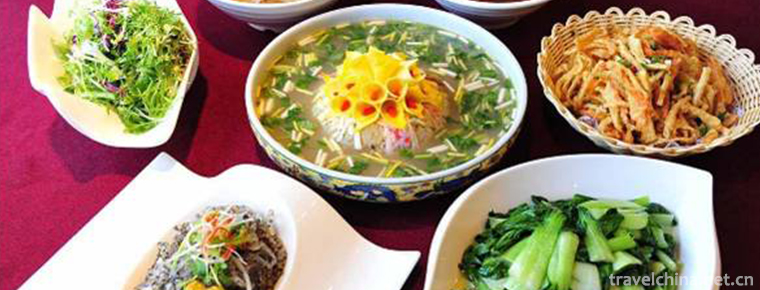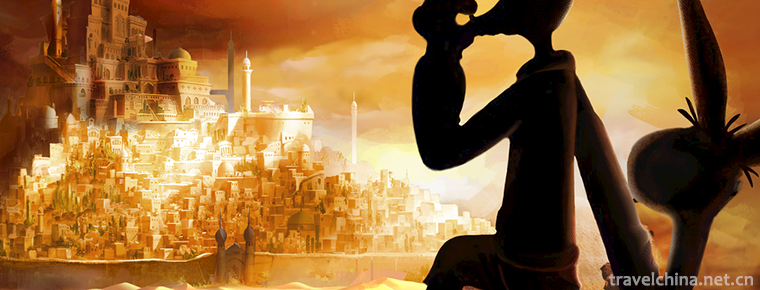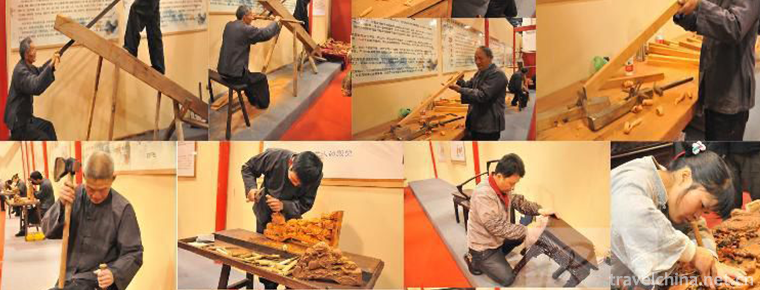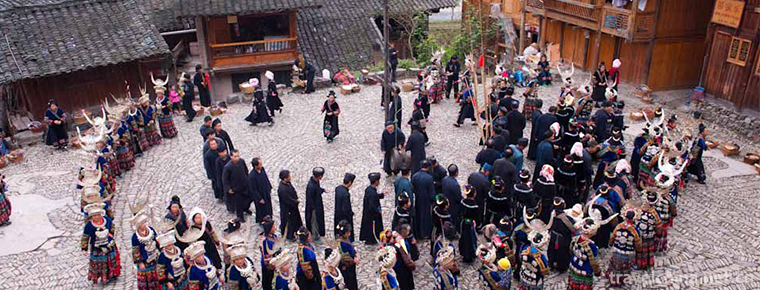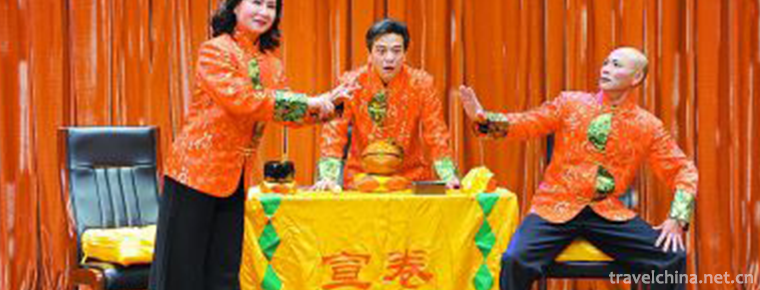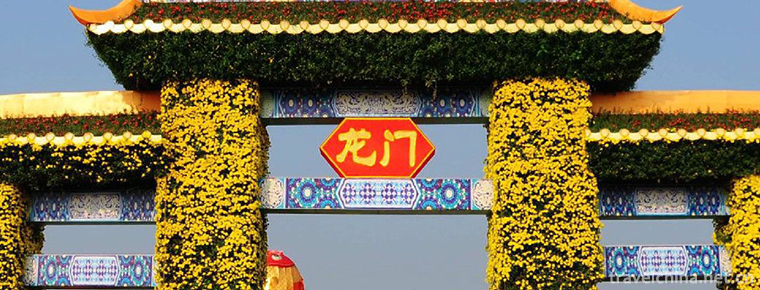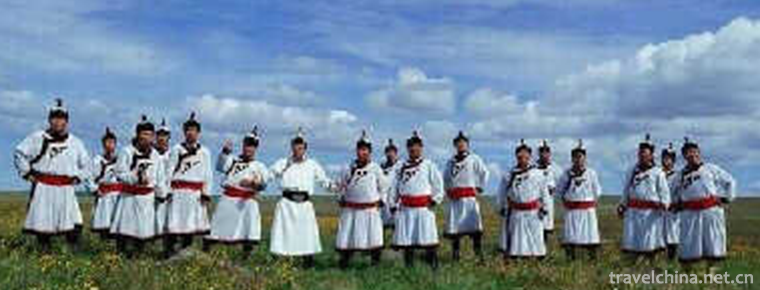Throw stones Lock
Throw stones Lock
Throw stones Lock is an ancient martial arts skill item, which originated in the Tang and Song Dynasties. It has been widely circulated among the Hui people in Kaifeng for a long time. During the Qing Dynasty and the Republic of China, many skilled stone-throwing lockers such as Zhou Kaiyuan and Shen Shao-san appeared in Kaifeng. In 1953, Shen Shaoshan, a famous Kaifeng stone blockader, was invited to perform in Huairen Hall, Zhongnanhai, winning the applause of Chairman Mao Zedong and the head of the Central Committee. Many times won the first prize, so that Kaifeng stone blockade famous throughout the country.
On June 23, 2011, Peishan Lock was approved by the State Council to be included in the third batch of national intangible cultural heritage list.
historical origin
According to legend, the skill of putting stone locks originated in Tang and Song Dynasty. In ancient times, the top martial artists had to test bows, knives, stones, horses and steps, which were regarded as an important basic skill for training martial arts. Whether it is practicing boxing, knife, gun or wrestling, it requires practitioners to have strong physical qualities, and stone locks become necessary equipment for martial arts practice. Although the structure of the stone lock is simple, the techniques of the stone lock are rich and colorful. It can not only exercise strength, but also exercise flexibility, sensitivity and balance of the body.
During the Qing Dynasty and the Republic of China, many skilled stone-throwing lockers such as Zhou Kaiyuan and Shen Shao-san appeared in Kaifeng. In 1953, Shen Shaoshan, a famous Kaifeng stone blockader, was invited to perform in Huairen Hall, Zhongnanhai, winning the applause of Chairman Mao Zedong and the head of the Central Committee. Since the first National Minority Traditional Sports Games were held in 1953, the Kaifeng Hui Stone Lock Team, on behalf of Henan Province, has exhibited its elegant demeanour in successive National Games and won first prizes many times, thus making Kaifeng Stone Lock famous throughout the country.
artistic characteristics
Opening the stone blockade has many names and dozens of patterns. According to the movement mode, it can be divided into turning flower, embroidering flower and combination set flower, and according to the shape and stretching degree of limbs, it can be divided into small flower and big flower. The technique of opening stone blockade is wonderful, changeable, light and beautiful. It is a perfect combination of skill and strength. It can also give people beautiful artistic enjoyment while keeping fit.
Speaking of the pattern of throwing stone locks, there are many popular image names, such as hand holding yuan bao, foot kicking flower basket, tota holding mark, three finger sleeping fish, and four doors, other arms, back sword, neck piercing, waist piercing, black dog drilling crotch, general seal, prodigal kicking ball, etc., there are dozens of kinds.
Listening to the name makes one imagine the movement trend, and seeing it with one's own eyes can be overwhelming. The stone lock jumped from fist to shoulder, across the crotch, behind the head and in front of the eyes. Don't look at the practitioner's son as playful as a child, you should know that this thing is real material, full weight. The stone locks trained by beginners weigh 7 kilograms, and those with deep skills play 36 kilograms.
Historical inheritance
The traditional skill of throwing stone locks has been handed down from generation to generation among the Hui people in Kaifeng. It can be carried forward and selected into the national intangible cultural heritage list in the contemporary era, thanks to the successor Shen Shaoshan, who has the reputation of "a generation of king".
Shen Shaoshan was born in Niujie, Beijing, in March 1928. When he was a teenager, he moved to Dongda Temple in Kaifeng with his father's family. He studied Chinese wrestling with his father, and then learned to throw stones with master stone locks Zhou Kaiyuan and Ma Wuqing. After his father died of illness, Shen Shaoshan became the pillar of his family, wrestling in front of the Daxiangguo Temple to support his family. In order to attract the audience, he often practiced the stone-throwing locks in the wrestling arena.
In 1953, Shen Shaoshan was selected as Henan delegate team and went to Tianjin to attend the first National Minority Traditional Sports Congress. During that time, he performed the stone-throwing lock, which aroused great interest of the audience. At that time, Guo Moruo also went to watch and said, "There are few practitioners, so don't let them be lost." Subsequently, he was elected to the Beijing National Sports Team to perform the stone-throwing locks for Mao Zedong and other performances in Huairen Hall, Zhongnanhai.
In 1986, the Third National Minority Traditional Sports Congress was held in Urumqi, Xinjiang. The stone-throwing lock became the performance of Henan delegation and caused a sensation. Since the 4th National People's Games, the stone lock has become a performance event. Shen Shaoshan has won the first prize in this event, one bronze drum trophy and one medal.
After that, Kaifeng set up a stone lock performance team. As a collective project, stone lock participated in the fifth, sixth, seventh and eighth National People's Games, and achieved excellent results of the first prize.
In 2003, the scientific research department of the Wushu Sports Management Center of the State General Administration of Sports planned to develop the National Wushu Competition. Kang Gewu, then Secretary-General of the Chinese Wushu Association and Director of the Scientific Research Department, went to Kaifeng to excavate the project. First of all, he took a good look at the stone lock of Dongda Temple. Guo Baoguang, secretary-general of Kaifeng Islamic Association and head of Dongda Temple Wushu Training Base, after repeated deliberations and textual research, finally selected the action of "Stone Lock Boxing" as the representative of the Stone Lock Project. According to the characteristics of strength plus skill, Guo Baoguang elaborated the competition rules of "Stone Lock Boxing" and was adopted. Stone Lock has evolved from a folk hobby into a stipulated competition item in the National Wushu Competition, which is known as "Chinese weightlifting".
Protection status
June 2011 was selected as the third batch of national intangible cultural heritage list.
Kaifeng's traditional folk art "peeling stone lock" is on the list. So far, there have been eight national intangible cultural heritage projects in Kaifeng.
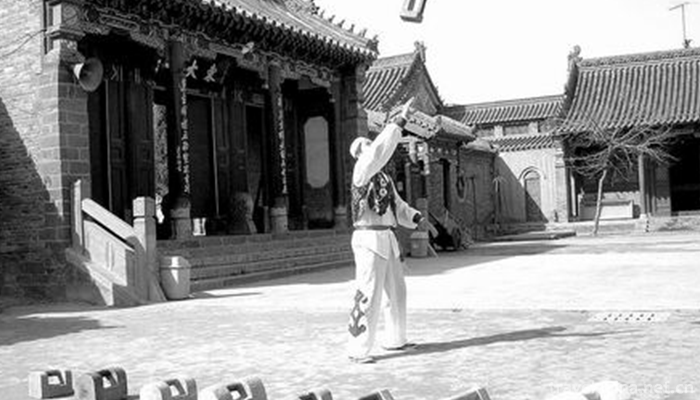
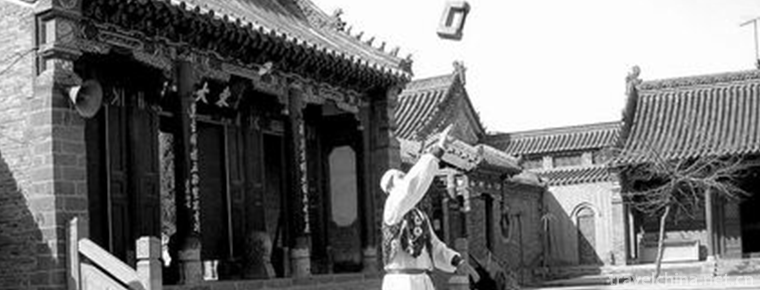
Throw stones Lock
-
shui xi of Luo Yang
shui xi of Luo Yang/Luoyang Water Banquet is a traditional feast with characteristics in Luoyang, Henan Province, which belongs to the Henan Cuisine Department.
Views: 255 Time 2018-11-26 -
Legend of Meng Jiangnu
Meng Jiangnu's story, as one of the four love legends in ancient China (the other three are Niulang and Zhinu, Liang Shanbo and Zhu Yingtai, and The Legend of White Snake), has been widely circulated
Views: 298 Time 2018-12-23 -
Avanti
Avanti, also translated by the Albanian side, (Uygur "Mr." means, Arabic: Juha or Nazar Ding), is a person active in Islamic nationalities from Morocco in the west to Xinjiang in China.
Views: 177 Time 2019-03-28 -
Furniture Making Skills
Ming-style furniture making skills, local traditional handicraft in Suzhou City, Jiangsu Province, one of the national intangible cultural heritage.
Views: 205 Time 2019-05-05 -
Miao Lusheng Dance
Lusheng dance, also known as "stepping on Lusheng" and "stepping on the singing hall", is named for its accompaniment and self-boasting dance. It spreads in the Miao, Dong, Buyi, S
Views: 175 Time 2019-06-05 -
Pudong Publicity Book
Nanhui Xuanjuan is an ancient traditional art of rap and singing. Xuanjuan originated from "vulgar speaking" in Tang Dynasty and "Tanjing" in Song Dynasty. It is a term used by Bud
Views: 123 Time 2019-06-09 -
Xiaolan Chrysanthemum Club
Xiaolan Town, located in the middle of the Pearl River Delta, is an important town in Zhongshan City, Guangdong Province. Xiaolan has the reputation of "Chrysanthemum City". Chrysanthemum cu
Views: 292 Time 2019-07-06 -
Yuejiaquan
Yuejiaquan is one of the traditional Chinese boxing which has been handed down completely in China. It was founded by Yue Fei, a national hero, according to his own learning and combating with the ene
Views: 184 Time 2019-07-16 -
Congratulations
Congratulations, also eulogies, Mongolian folk literature form, China's national intangible cultural heritage. Praise is a traditional folk literature form of Mongolian nomadic people in northern Chin
Views: 228 Time 2019-08-10 -
History of Luzhou
Luzhou was named "Lushui theory" and was called Jiangyang in ancient times. During the reign of Liang Datong in the Southern Dynasty (535-546 A.D.), Luzhou was set up to lead the Yangjun county. Jiangyang County: Jiangyang county (governing today's Jiangyang District),
Views: 379 Time 2020-12-14 -
Leshan medical and health
By the end of 2018, Leshan City had 3259 health institutions (including village clinics). Among them, there are 102 hospitals, 207 health centers, 12 maternal and child health centers (stations, stations), 12 centers for Disease Control and prevention, 12 health
Views: 347 Time 2020-12-17
